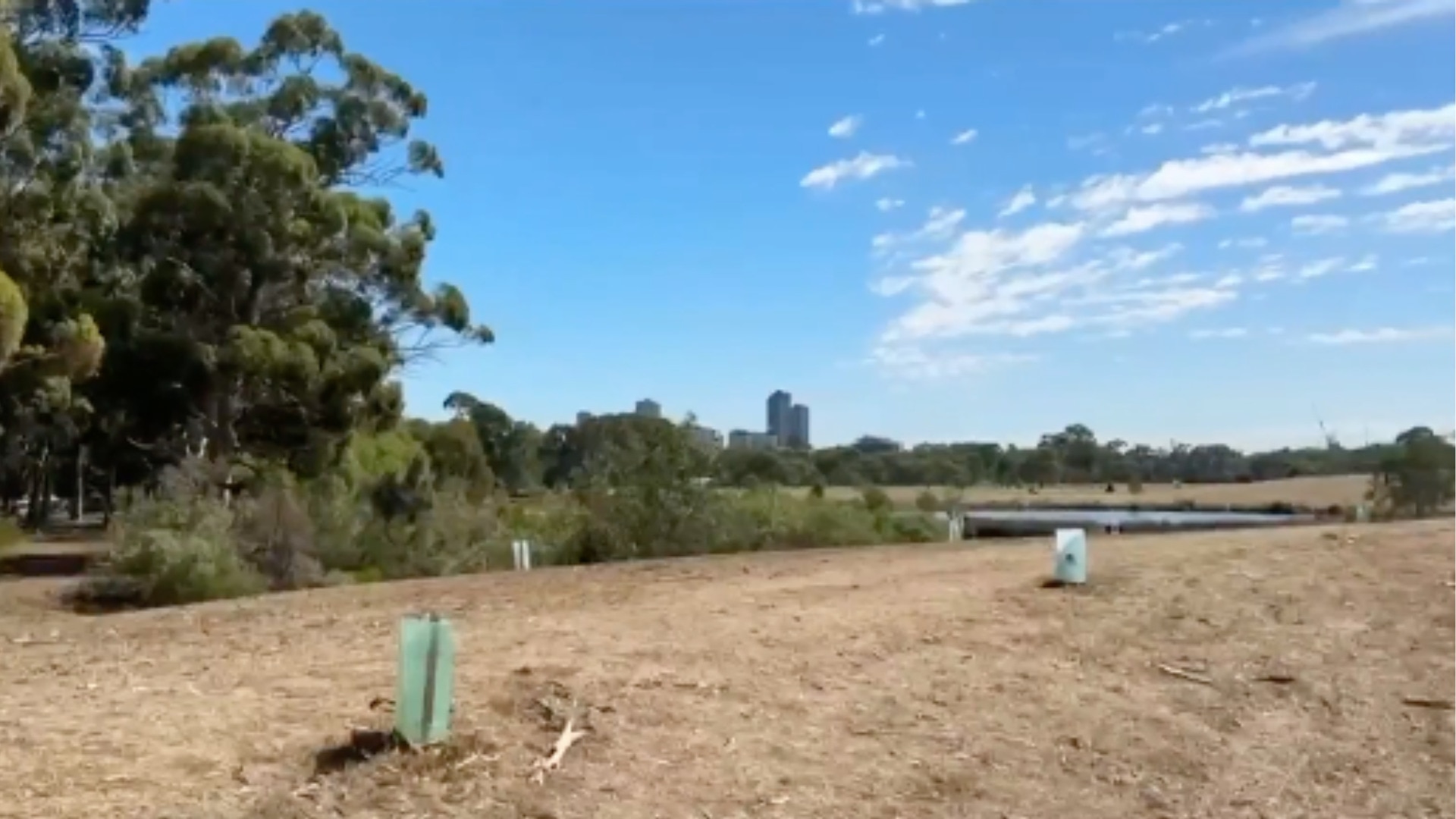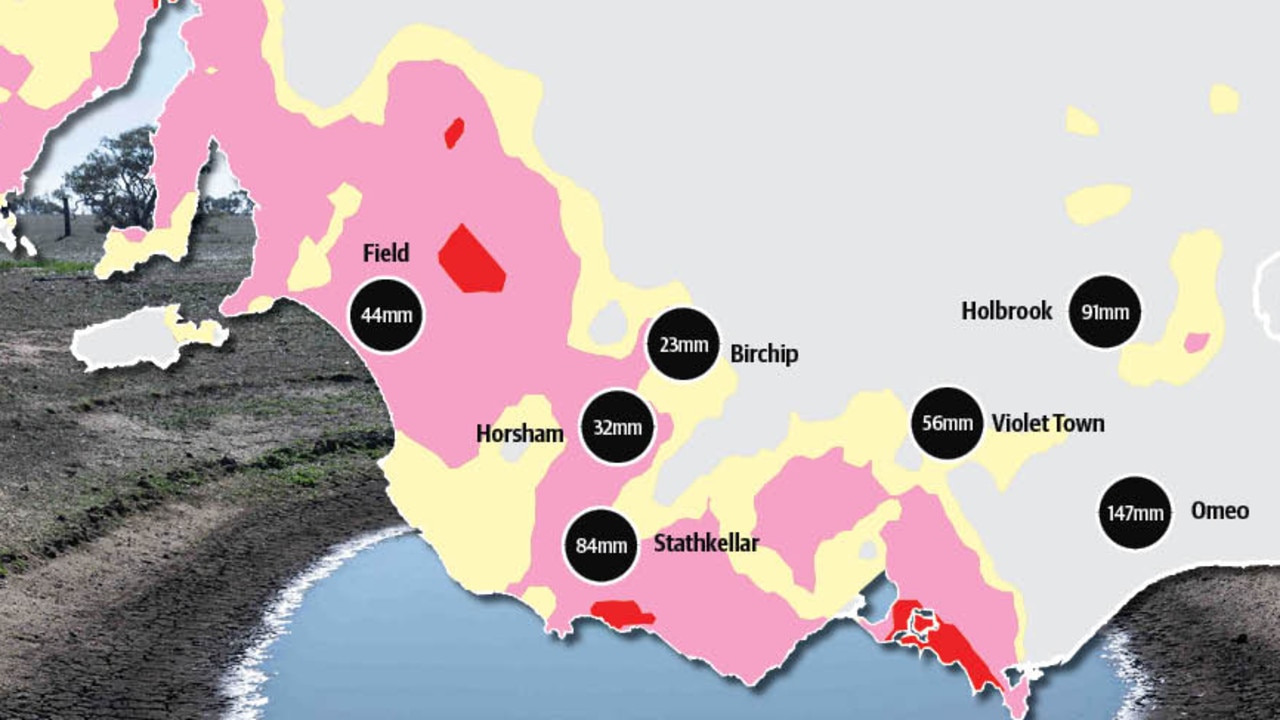Farm allowance applications rise as concessional loan requests jump 30 per cent
More farm families are reaching out for aid via low interest loans and support payments. See the latest data.

The number of Australian farm households applying for financial support is on the rise, while the number of farmers applying for lower interest loans has leapt 30 per cent since January.
It comes as drought continues to cut into farm finances, and ABARES warns Australia’s agriculture production was this week on a “knife’s edge” in many southern areas.
Data from the Department of Agriculture, Fisheries and Forestry for the current financial year shows 2350 applications for Farm Household Allowance applications were lodged to the end of April.
This was compared with 2000 applications in the previous financial year.
In total, the number of households now on the FHA program, which includes up to four years of fortnightly income support for eligible farmers, was 3290.
The biggest uptake of the grants has been in South Australia. There, almost 870 farmers and partners are receiving FHA, of which 450 have been granted since July 2024
Currently, in Victoria almost 830 farmers and their partners are receiving FHA and of these, 320 were approved in the past 12 months.
In NSW 790 farm households are receiving FHA, with 330 of these granted since July last year. In Queensland, there are 560 recipients, with 210 approved in the past financial year; while Western Australia, has 120 farm families on the payment, and Tasmania, 110.
A department spokeswoman said the current financial year figures included about 2000 households from 2023-24, and the greatest uptake - accounting for 60 per cent of all current recipients - were drought hit.
She said numbers were starting to rise this year, but “increases are modest and they have come off a very low base”.
Meanwhile, farmers are also increasingly accessing Regional Investment Corporation concessional loans, with 202 loans valued at over $213.1 million approved in the current financial year.
This is compared to almost 200 RIC loans in the previous 12 month period.
Various loans are available for different criteria, but RIC received more than 200 applications since January this year, mostly for the drought category - a 30 per cent jump in demand compared to the same period last year.
RIC chief executive officer John Howard said RIC, an Australian government farm business lender, provided low-interest loans for farmers in financial need.
“Our loans ideally meet farmers needs that are looking at restructuring their financial situation over the longer term to help manage through tough times and get back on their feet,” he said.
It comes as ABARES this week predicted the gross value of Australia’s agricultural production to fall by 2.8 per cent to $90.7bn the coming financial year, driven by lower crop and livestock production.
ABARES executive director Dr Jared Greenville said production across South Australia, western Victoria, southern NSW and northern cropping regions of Western Australia were on a “knife’s edge” after crops were dry sown.
“The rainfall outlook for these regions is currently positive, which is embedded in our current forecasts, but if not realised creates a downside risk to national production figures.”





